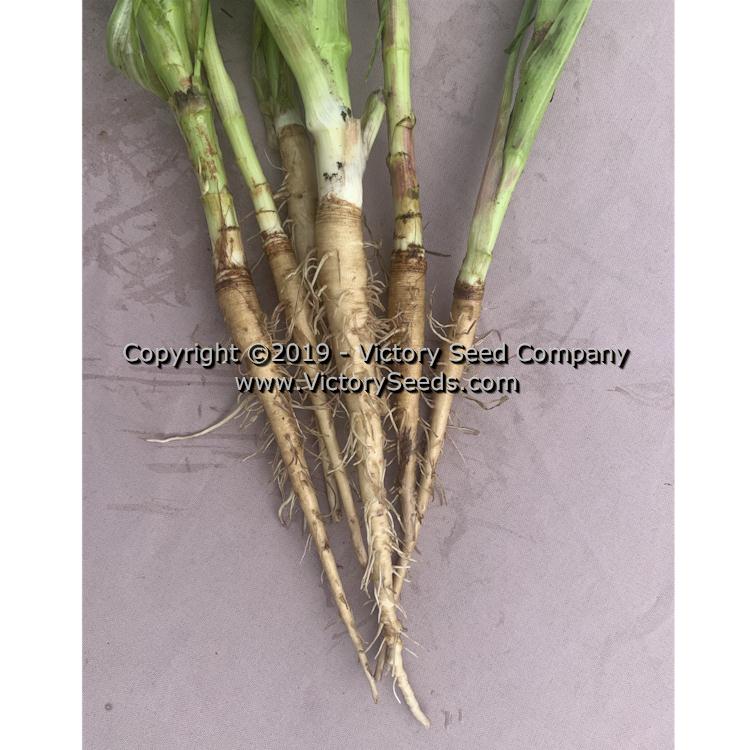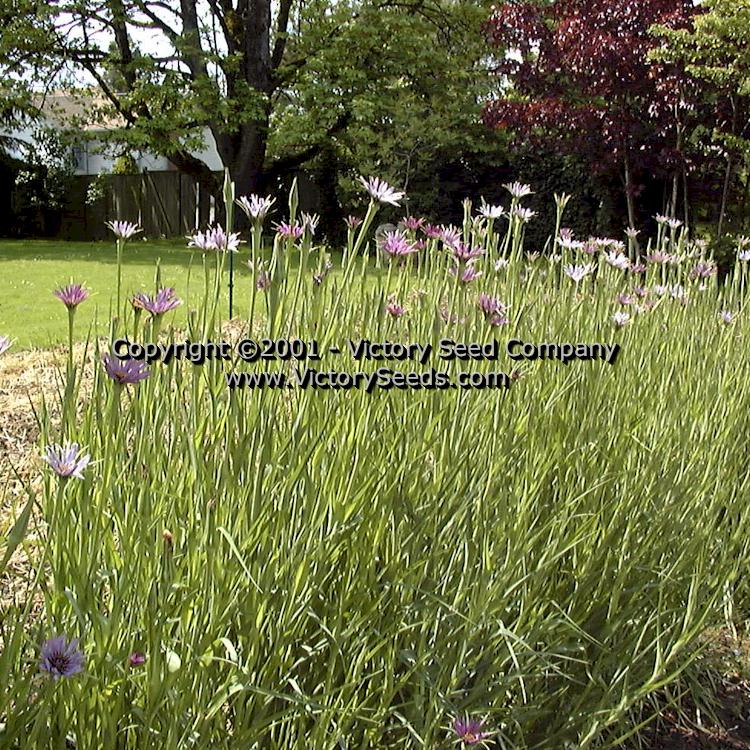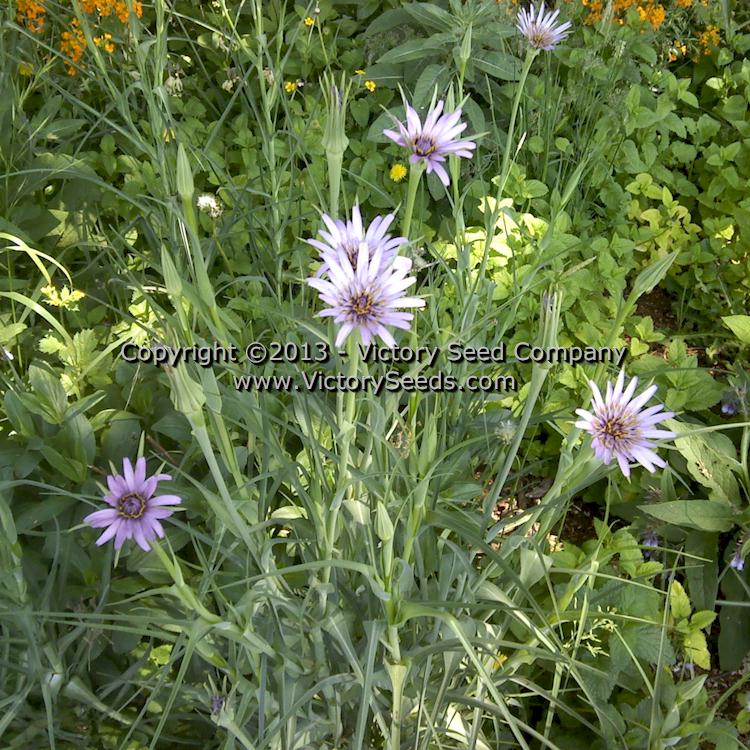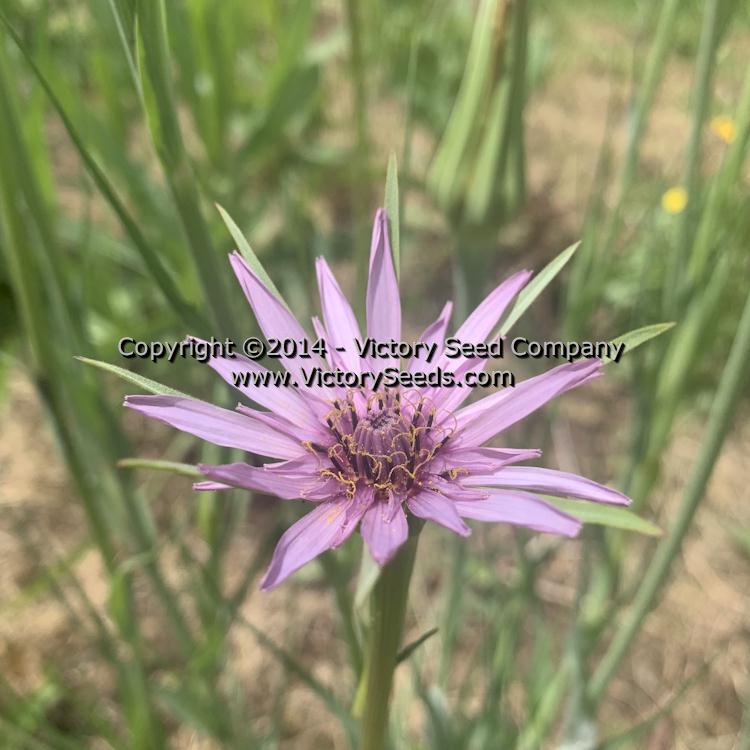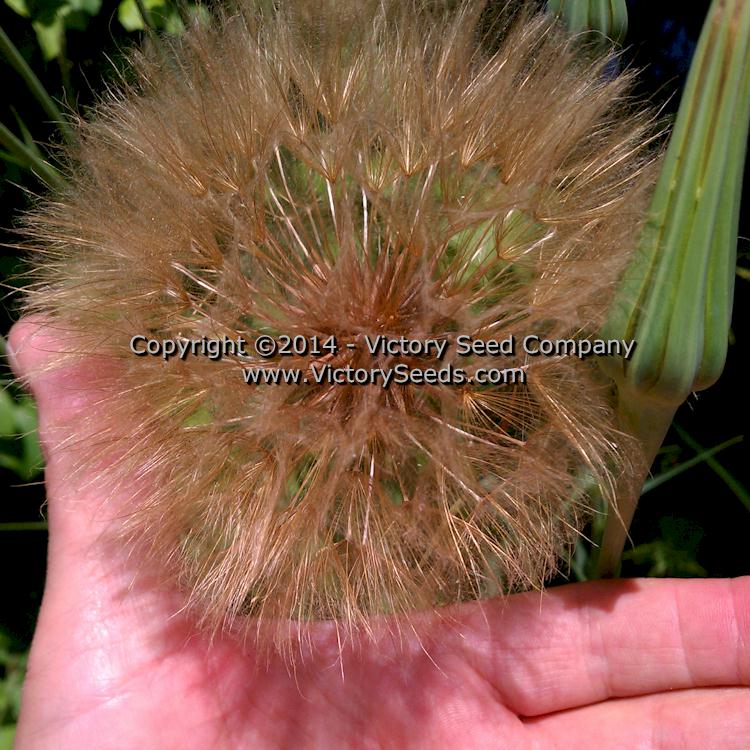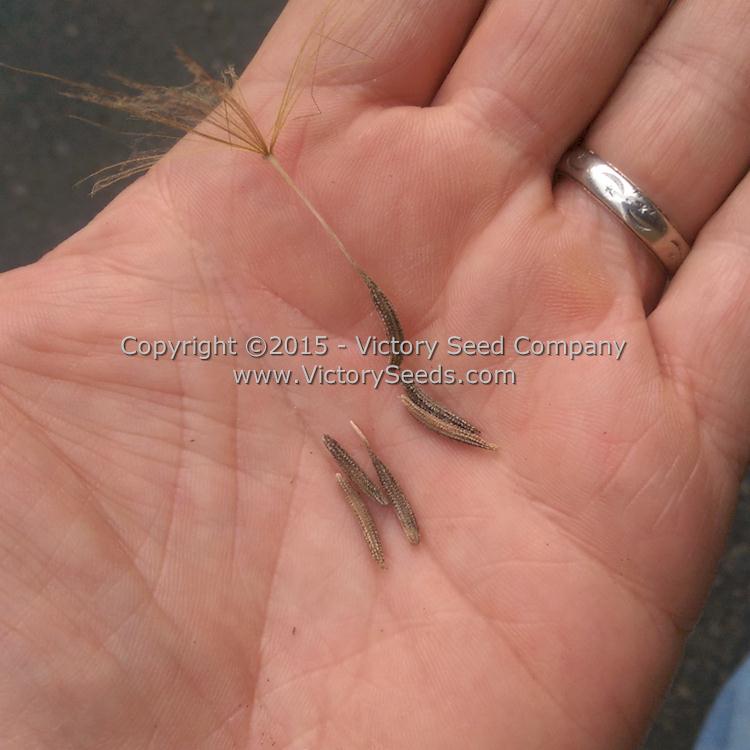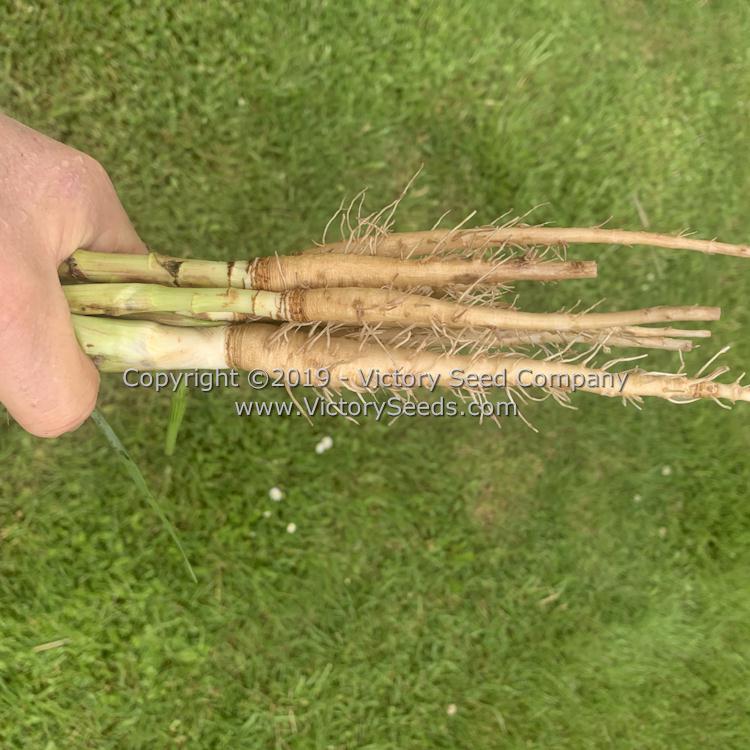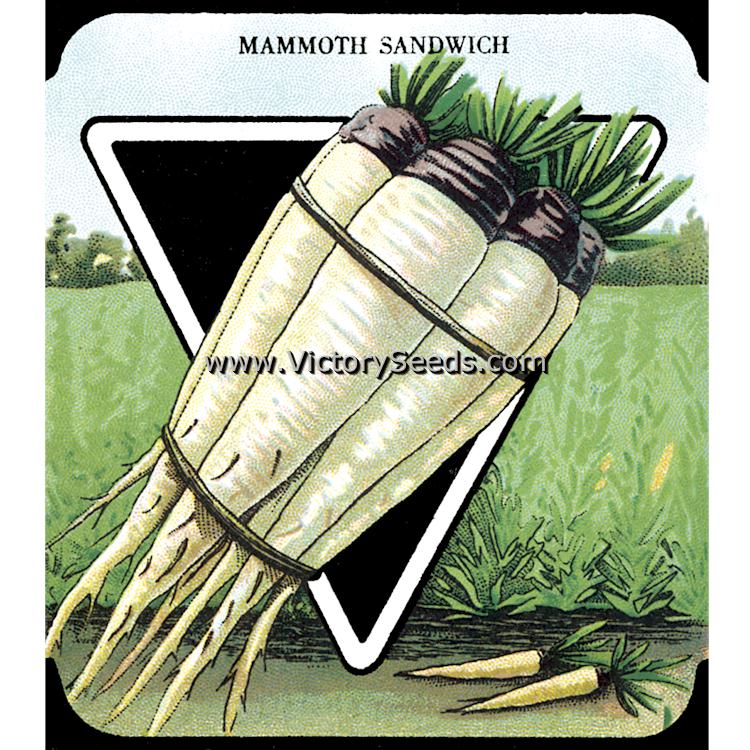Mammoth Sandwich Island Salsify
Mammoth Sandwich Island Salsify
Couldn't load pickup availability
Tragopogon porrifolius
120 Days — Salsify remains fairly uncommon in North American markets and restaurants; enjoyed by an elite few. It has many attributes which make a worthy plant to cultivate in your home garden. A native of central and southern Europe, salsify is part of the sunflower family. The mature roots look like a sickly parsnip that is covered in small grassy sprouts. However, the flavor of the long, pale, creamy white skinned root is much more interesting. Some people think that it has a flavor akin to asparagus while others describe it delivering a subtle, delicate oyster flavor.
If you are looking for a fresh vegetable for your winter dinner table, salsify is a hearty root that over winters well. Also called "Oyster Plant," salsify roots can be baked, dipped in batter and deep-fried, or served au gratin. If you choose to boil them, it is best, for flavor purposes, to leave the light colored skin on until after cooking. Click here for recipes.
The seeds can take a long time to germinate (up to twenty-one days) and frequently fail to germinate if they are not kept consistently moist until the seedlings are established. Since they are a root crop, they prefer deep, stone-free soil in order to form the straightest, most attractive roots. The roots are hardy and can be left in the ground over winter. In colder climates, you may be required to heavily mulch with straw to protect from freezing. In extremely cold areas, lifting and storing in sand in a root cellar, like other root crops, will be necessary.
As a biennial salsify flowers and goes to seed the second year. The blossoms are quite attractive and can make a nice ornamental display in the backs of flower beds. After blooming the flower pods will open up and look like a giant dandelion.
To save seeds effortlessly, collect the seed heads after they open but before they disperse, and dry them in paper sacks. Each packet contains two grams, which is approximately 195 seeds.
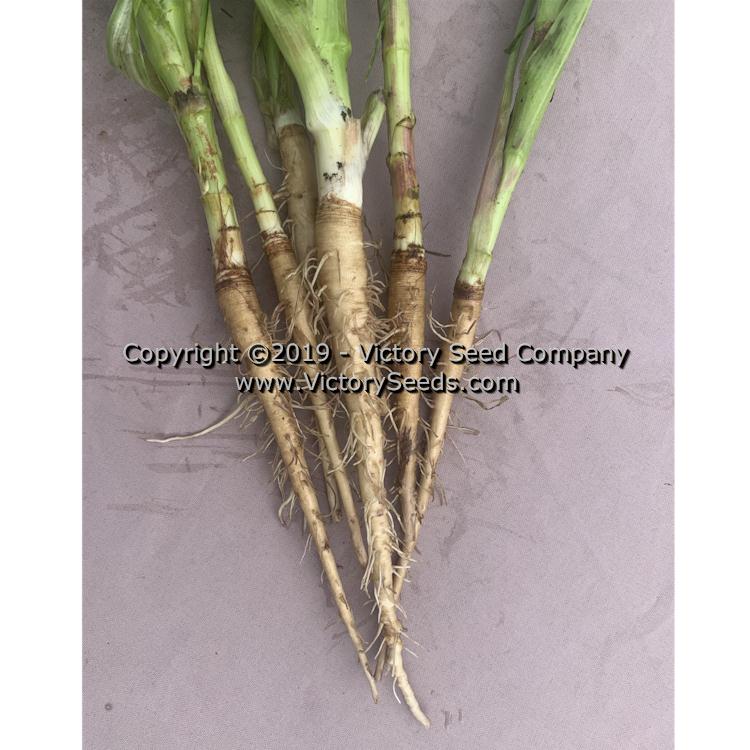
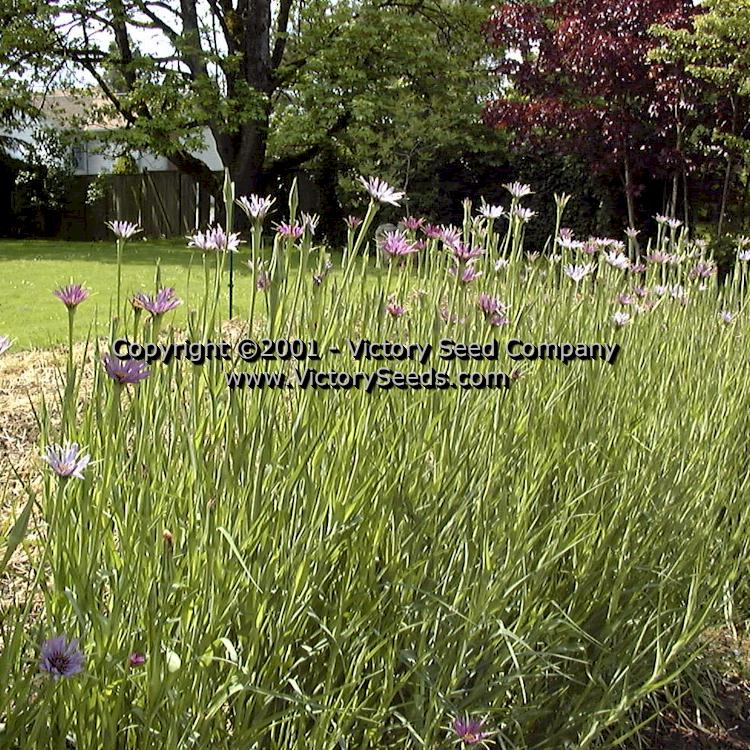
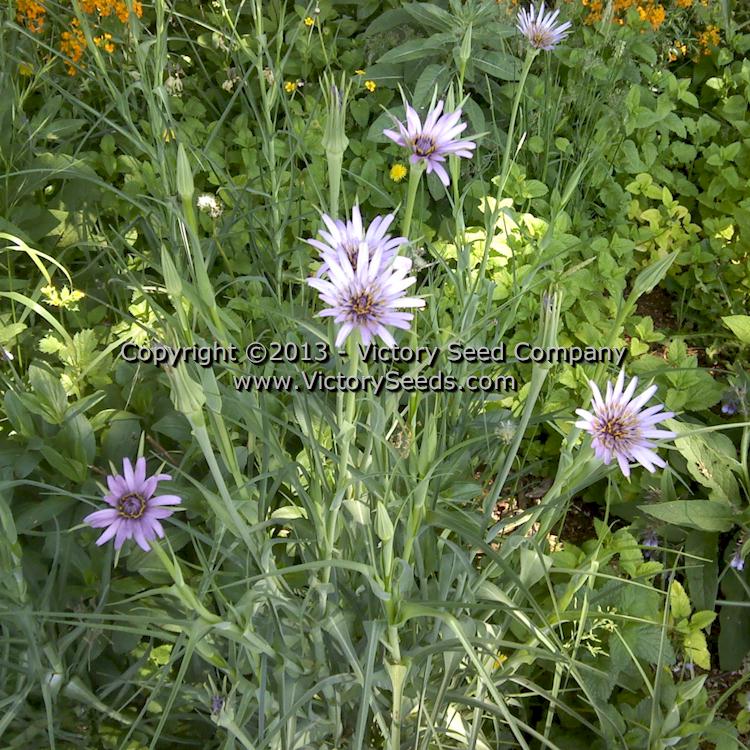
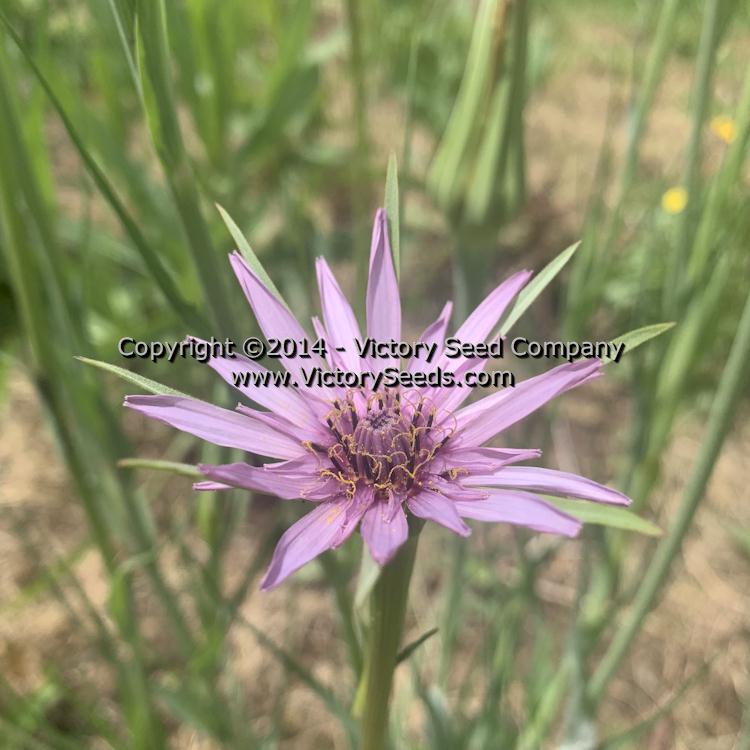

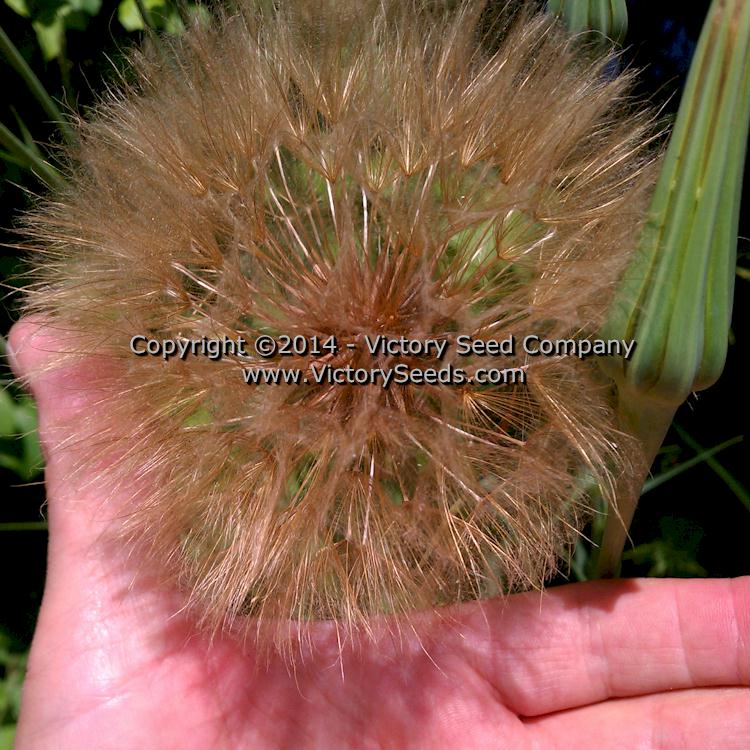
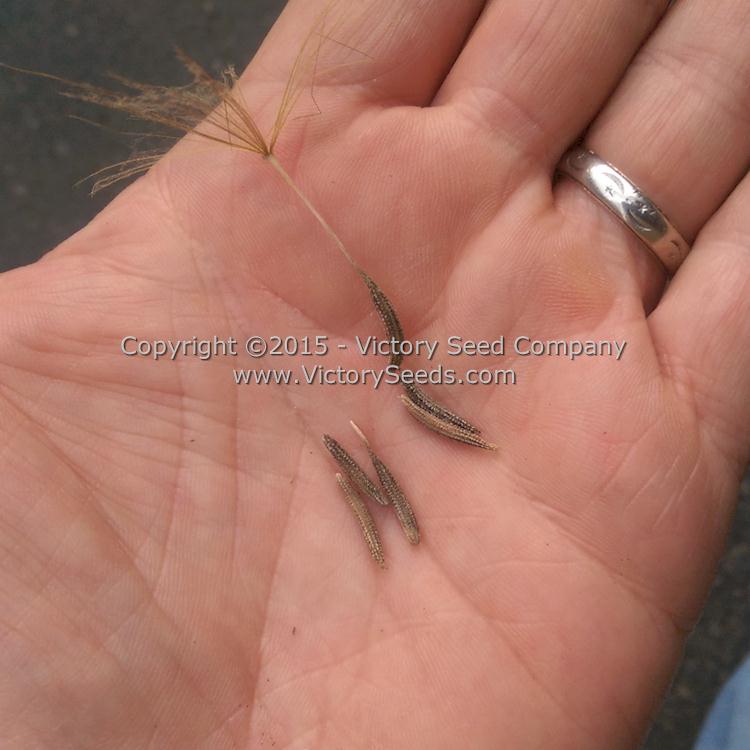

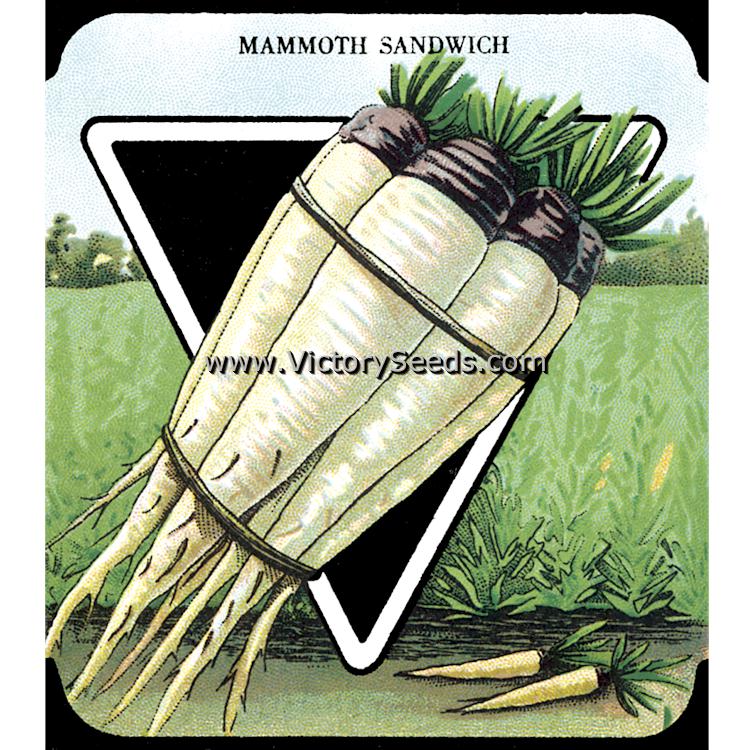
Harvest Information: When sown in the spring, the roots are ready for harvesting from mid-October onward (typically 16 to 25 weeks). The roots are hardy and can be left in the soil, until needed, well into April. Look for well developed specimens that are heavy for their size, and as straight (not too gnarled) as possible. They may be stored, unwashed, in plastic for up to a week in the refrigerator.
Nutritional Information: Because of its nutritional value, salsify is included as a "Very Special Survival Vegetable" by John A. Freeman in his 1982 classic, "Survival Gardening."
|
Nutritional Facts Serving Size 1 cup cooked (135g) |
|
| Amount Per Serving | |
| Calories | 92 |
| Total Fat | 0g |
| Protein | 3.7g |
| Carbohydrates | 21g |
| Dietary Fiber | 4.2g |
| Minerals | |
| Sodium Potassium Calcium Vitamin C |
21.6mg 382mg 63.5mg 6.2mg |
Explore our vegetable collections:
[ Artichokes | Asparagus | Beans | Beets | Broccoli | Sorghums | Brussels Sprouts | Cabbage | Cantaloupe | Carrots | Cauliflower | Celery | Collard Greens | Corn | Cucumber | Eggplant | Endives | Gourds | Kale | Kohlrabi | Leeks | Lettuce | Mesclun Mix | Mustard Greens | Okra | Onions | Parsley | Edible Pod Peas | Garden Peas | South Peas | Hot Peppers | Mild Peppers | Pumpkins | Radishes | Rapini | Rhubarb | Salad Greens | Salsify | Summer Squash | Winter Squash | Swiss Chard | Tomatillo | Tomatoes | Dwarf Tomato Project | Turnips | Watermelons ]

